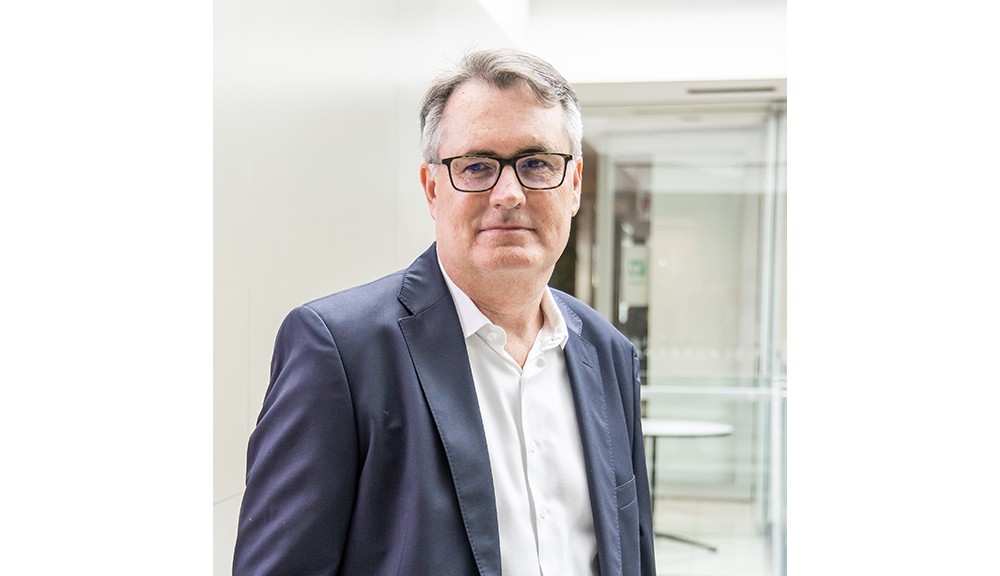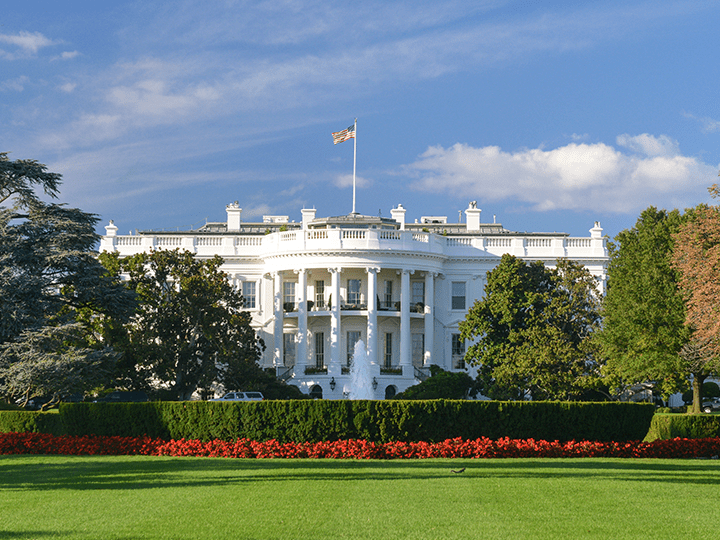Transcript:
Simon Hele:
Hi everyone, and welcome to another edition of The Charts that Matter.
My name is Simon Hele, and as always, I’m joined by the chair of the Perks Investment Committee, Christo Hall.
Today, we’re going to discuss our Investment Committee views on what’s happened, where we are now, and how we see things progressing in the future.
Christo, welcome.
Christo Hall:
Thanks, Simon Good to be here.
Q&A
Simon Hele:
In our last instalment of The Charts that Matter, the RBA had lifted the official cash rate to 2.85%, up from 0.1 in April the previous year. As we sit here today, the cash rate is now at 3.35%.
Christo, are we almost at the peak yet?
Christo Hall:
We’re almost there Simon, but it’s approaching pretty quickly. So that’s the good news.
We still have, I think, another couple of rate rises to occur both in Australia and the US and that should see that peaking around about June, July from a time frame perspective. So, I see the cash rate in Australia moving 3 to 4% during that time, or maybe around that level.
And similarly in the US, I see the cash rate moving 3 to 5% and certainly the market sustained to price that in. If you look at the Central Bank in the US, the Federal Reserve, the dot points that they put up at every meeting showing where pricing is relative to expectations is now starting to come together. So that’s now being priced into markets.
The good thing is there’s some signs, you know, economically in the data that’s also pointing to this peak in inflation that we’ve seen and starting to roll over. Three examples I’d look at are the global freight rates, which are continuing to collapse meaningfully from their peak. And that’s really, really important. Because obviously that lowers the cost of shipping for companies moving goods around the world.
The second one is Chinese PPI, which is an indicator of producer price inflation, and that normally leads the US by about nine months. And that has really rolled over and materially pulled back. So, I would expect the US to follow suit if history is any guide. And the third thing is, we have a survey we look at which looks at pricing intentions of companies looking forward the next three months. And again, those pricing intentions are down materially. So, companies are no longer looking at putting prices up. They’re actually looking at reducing prices. And that all is going to be good for inflation in the longer term.
Simon Hele:
So, rates are nearing a peak and inflation’s beginning to fall, albeit off of a high, high base. That seems positive to me. Are we in the clear now, Christo?
Christo Hall:
No, the bad news is we’re not yet, Simon. And if you look at Central Bank forecasts of inflation, they haven’t had a very good track record in this cycle. They’ve been continually revised up as to when inflation will peak and then when that would come down. So, we still have some challenges. And part of that really is around what we call the services component of inflation. And the services component are things like wages are incorporated in that and so is rent as part of that. And those components are still rising, and they are decent weights within the inflation basket.
So that’s what the Central Banks in Australia and the US are really focusing on is how do we get that component under control. And that is very, very challenging. So that is why I think inflation is going to stay – even though it’s trending down, the trajectory is going to be slower than what I think some commentators think. And then where that settles is going to be, I think, structurally higher than where we’ve been in the past.
And what I mean by that is longer term, you know, inflation historically has been 2 to 3%, I think going forward for the next decade, we’re going to settle at a rate of around 3 or 4% and that’s going to have an impact on total returns of pretty much all asset classes.
Simon Hele:
So, given where we’ve settled with inflation and interest rates, what does that mean for economic growth?
Christo Hall:
So right now, we’re seeing some real challenges to growth. And as interest rates have been going up, are still going up, they’re really beginning to affect, particularly the consumer, and business activity more broadly. So, growth expectations continue to fall. But they’re showing some signs of stabilisation after some pretty big revisions downwards.
So, I expect economic growth will continue to decline, that the US will enter recession in the next 3 months, and certainly all of the OECD leading indicators are pointing to that, not just in the US but globally, that we’re going to enter a very, very tough time. But the market is pricing that in, and I think once we get through that period and we start seeing Central Banks pause with their rate rises, then economic growth will begin to stabilise, albeit at lower levels, and then we’ll start that longer term recovery process.
Simon Hele:
So are markets priced in the scenario that you just described?
Christo Hall:
That’s a really good question, Simon. So, the bond market is certainly pricing it more than the equity market – and that’s really important to note the differences of the two, because history has shown, in my career, that the bond market is often more right than the equity market. In fact, pretty much all the time.
And so, what we have in the bond market is what’s called an inverted yield curve. And why that’s important is, when longer term rates are lower than shorter term rates, it’s saying that the bond market is expecting economies to slow materially, which is what I was saying about the late indicators showing before. The equity market is yet to really show that, in my opinion, with regard to company earnings. With that backdrop, we’ve just started to see company earnings falter a bit in the US, but that should play out over the next quarter, I feel.
And even in Australia we’re going through a reporting season now, I think that it’s okay and but going to start to see the outlook comments be a lot more subdued because the inflation story is really starting to impact profit margins of companies from a cost side. And the higher interest rates are really affecting the demand side of goods and services from businesses and from the consumer.
Simon Hele:
So, the view on the equity markets declining and company profitability – we’ve had that view for a while. It’s just taken a bit longer to get there, hasn’t it?
Christo Hall:
It has. It hasn’t in the US – so the US obviously had a really poor year. Last year it was down 20%, the Australian markets held up a lot better, but it’s actually the way the index is made up. So, if you look at the Australian market, the big bellwether stocks of BHP and Rio and the banks are a big component of the index. They haven’t seen yet the fallout from this in their pricing.
But I think what is important to note is the commodity prices are starting to roll over here on a longer-term basis. And that is very much linked a). to the demand profile that I was talking about, but b). it’s also linked to the US dollar, and we think the US dollar is going through a period of troughing and is about to start rising again. And that is not good for commodities, and therefore, that will not be as helpful as the resource stocks, which are a big part of the index in Australia.
And similarly for the banks, we’re going through a cycle now where we’re at risk of saying that and doubtful debts really begins to rise here. We know the issues with housing that’s been well publicised. Housing prices are starting to really roll over, particularly in the eastern states and the banks just aren’t as willing to lend any more. So, we’re not getting that credit growth that drives bank profitability that we’ve seen historically.
So, there’s some challenges that I’m seeing in the Australian market as well and the valuations just aren’t compelling both in the US or Australia for that matter in my view, given where we sit currently.
Simon Hele:
So, we are forecasting a dip in the Australian share market. What are the key reasons for that?
Christo Hall:
So, I’ve outlined some of the reasons behind commodity prices. But if you look at the lead indicators which we’ve mentioned earlier, they’re going to start to really weigh on company earnings going forward, and the market is yet to fully reflect that. I think it’s starting to now, but that needs to play out. And a couple of key components – the big one is what we call the savings rate, which is an indicator of consumption. You have to remember, consumption is 70% of the of the economy – so it’s a very material part of the economy in Australia.
When we went into COVID, the savings rate went from a long-term average of around about 4% to 20% because no one could travel or go to restaurants or whatever. So, there was a very significant cash buffer that built up. And then when the restrictions came off with COVID, everyone went out and spent that money, that that pent up demand really began to flow through the economy last year – and in the late, at the start of 2021. What’s happened now is all that money has been spent, so we’ve now got very little buffer for the consumer left to spend. We’re back to the long-term average, or close to it, of the savings rates.
And then when you couple that with rising interest rates, and the cost of living, and the costs of essential services, it becomes a lot more challenging to have any sort of discretionary income available for no additional consumption.
And if you look at what the markets are pricing in, in January, we saw a very material rally in markets. But the… if you look at the risk appetite that investors were taking on during January, it absolutely exploded. So, the level of optimism around a). the inflation story coming under control very, very quickly, which we’re not subscribing to, and b). the company earnings would hold up a lot better, which we’re not subscribing to. That’s what the markets reacted to. But I think now, we’re seeing a realisation that, perhaps that’s not going to pan out the way some of those investors have thought. And that global risk indicator is showing a lot of euphoria that’s still priced into markets, and we need to see that adjust in the short term.
Simon Hele:
Thanks Christo. That’s incredibly insightful. If you were to sum it up, in a world of financial markets and the complexities that exists, what’s an investor to do now?
Christo Hall:
So look, it’s been a very challenging time for the last two years. I think the key to any sort of good risk management and investing is have a diversified portfolio. So, you need to be diversified across multiple asset classes.
If you look at the take outs from what we’ve been saying today, we’re basically driving home the message that interest rates have still got further to rise in the short term. Inflation is falling, but it’s not going to fall at the same rate that I think some commentators were expecting even a month ago. It’s going to be much stickier for some of the reasons we’ve talked about today. And we’ve still got to see the share market reflect those valuations, whereas the bond market has already done that, in my view. So, we’ve actually seen that reflected in in the fixed interest markets ahead of the equity markets.
So, if you’re looking at the time frame, we think that bonds still look good value here around these, given that most of the inflation news seems to me to be getting priced into that bond market. But the equities market, I think, will look to correct again over the next 6 to 8 weeks – and that will give investors a better chance to move into the equity market at better valuations.
The way I see the rest of the year panning out is that the markets are not going to just snap back in June or July – they’re going to be quite volatile, and I don’t think we’ll start seeing a longer-term structural change upward in markets ‘til around about the last quarter of this year. And that’s what I think all the news will be priced in, both in equities and bonds particularly, and even in the property market to that extent. And we’ll start to reset for the next cycle.
Simon Hele:
Thanks Christo. And thank you to everyone for joining us for this edition of The Charts that Matter.








